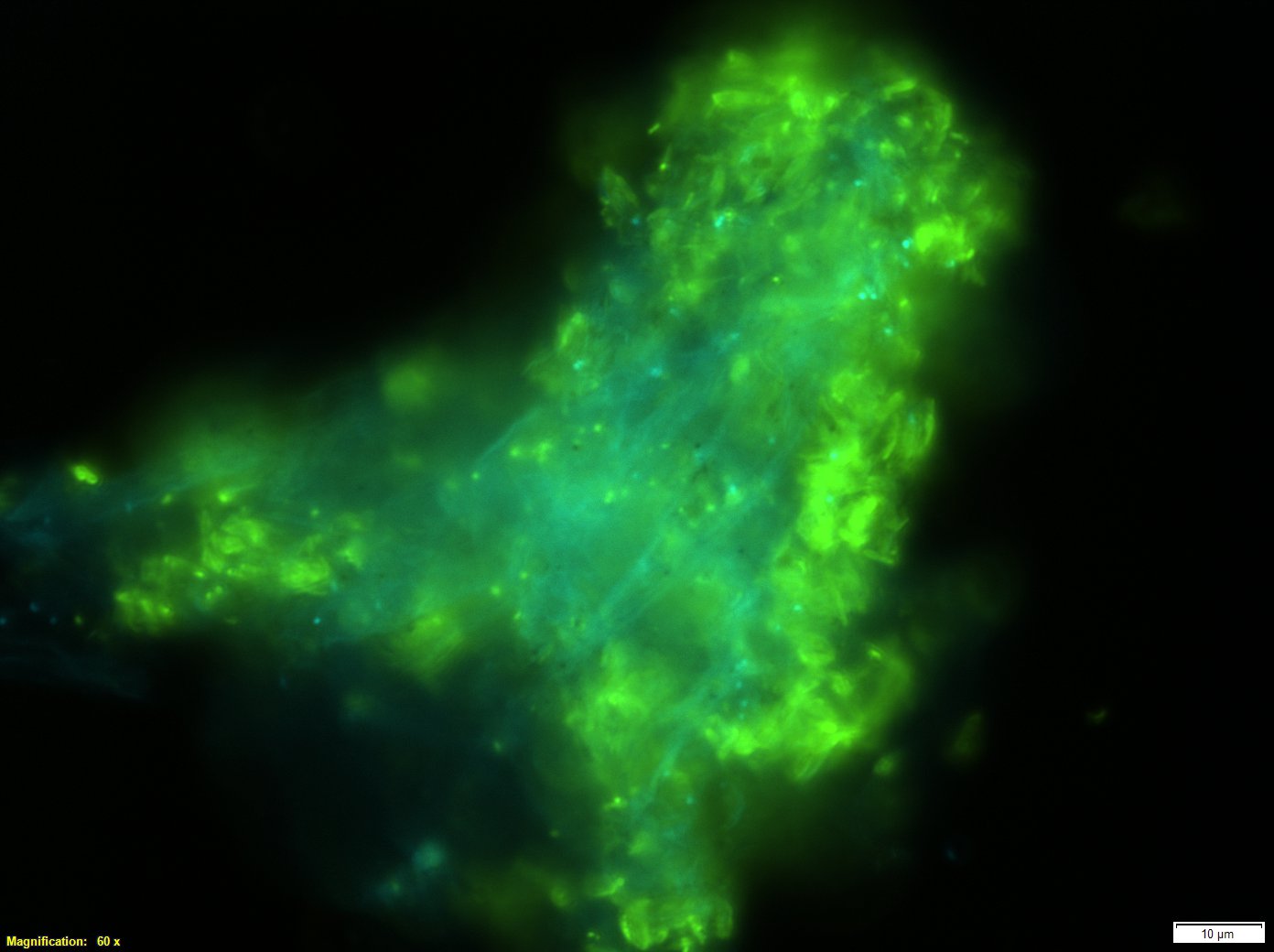Microbes
There are somewhere upwards of 1030 microbial cells living on this planet. That is a thousand billion billion times as many as humans. While pretty much every organism we can see either relies on photosynthesis (plants and algae) or respiration of oxygen (animals), microbes have mastered a huge variety of different forms of metabolisms.

Metabolism
There are microbes utilizing iron, manganese, sulphate, sulphite, nitrate, nitrite and various other oxidized compounds as alternatives to oxygen in respiration, the deep ocean is home to bacteria and archaea consuming ammonia, some use oxygen others nitrite, microbes are the only organisms that can use the nitrogen gas that makes up 80% of the air we breathe, there are microbes oxidizing highly toxic hydrogen sulphide and heavy metal compounds, microbes degrade the oil that is spilled in the seas by catastrophic events, there are bacteria and archaea producing ethanol, butanol, butane, methane, hydrogen and other forms of biofuel and there are plenty of ways microbes ferment substrates such as sugars, that give us beer, yogurt, sauerkraut and other delicious foods.
Communities
Often human interests, like the efficient production of biofuels for example, do not readily align with the interest of microbes, which at the very basic level would be survival and reproduction. So in order to make use of the vast potential of the global microbiome, I seek to understand how microbes interact with each other, what governs the assembly of different microbes in to communities of microbes and how can communities be designed in ways that allow the control of conversion reactions to get from a certain substrate to a desired product.
Current position
I currently hold a position as Post-Doctoral Research Associate at the University of Warwick in the laboratory of Prof. Orkun S. Soyer. I perform experiment both in the computer where I can test concepts to a high degree of abstraction and in the laboratory, where the artificial construction of microbial communities helps me develop hypothesis and concepts about the way these systems function.
List of Publications
Großkopf, T., Consuegra, J., Gaffé, J., Willison, J. C., Lenski, R.E., Soyer, O. S., Schneider, D. (2016). Metabolic modelling in a dynamic evolutionary framework predicts adaptive diversification of bacteria in a long-term evolution experiment. BMC Evolutionary Biology. 16(1)
Großkopf, T., Zenobi, S., Alston, M., Folkes, L., Swarbreck, D., Soyer, ,O. S. (2016). A stable genetic polymorphism underpinning microbial syntrophy. The ISME Journal. doi: 10.1038/ismej.2016.80
Großkopf, T. & Soyer, O. S. (2016). Microbial diversity arising from thermodynamic constraints.The ISME Journal. doi: 10.1038/ismej.2016.49 Cited by 93
Widder, S., Allen, R., Pfeiffer, T., Curtis, T. P., Wiuf, C., Sloan, W. T., Cordero, O. X., Brown, S. P., Momeni, B., Shou, W., Kettle, H., Flint, H. J., Haas, H. F., Laroche, B., Kreft, J-U, Rainey, P. B., Freilich, S., Schuster, S., Milferstedt, K., van der Meer, J. R., Großkopf, T., Huisman, J., Free, A., Picioreanu, C., Quince, C., Klapper, I., Labarthe, S., Smets, B. F., Wang, W., Isaac Newton Institute Fellows*, and Soyer, O. S. (2016). Challenges in microbial ecology: building predictive understanding of community function and dynamics.The ISME Journal. doi: 10.1038/ismej.2016.45 Cited by 742
Langlois, R., Großkopf, T., Mills, M., Takeda, S., LaRoche, J. (2015). Widespread Distribution and Expression of Gamma A (UMB), an Uncultured, Diazotrophic, gamma-Proteobacterial nifH Phylotype. PLoS ONE, 10(6). doi:10.1371/journal.pone.0128912 Cited by 75
Loescher, C. R., Großkopf, T., Desai, F. D., Gill, D., Schunck, H., Croot, P. L., Schlosser, C., Neulinger, S. C., Pinnow, N., Lavik, G., Kuypers, M. M. M., LaRoche, J., Schmitz, R. A. (2014): Facets of diazotrophy in the oxygen minimum zone waters off Peru. The ISME Journal, 8(11). DOI:10.1038/ismej.2014.71 Cited by 143
Großkopf, T., & Soyer, O. S. (2014). Synthetic microbial communities. Current Opinion in Microbiology, 18, 72–7. http://doi.org/10.1016/j.mib.2014.02.002. Cited by 546
Schunck, H., Lavik, G., Desai, D. K., Großkopf, T., Kalvelage, T., Löscher, C. R., Paulmier, A., Contreras, S., Siegel, H., Holtappels, M., Rosenstiel, P., Schilhabel, M. B., Graco, M., Schmitz, R. A., Kuypers, M. M. M., LaRoche, J. (2013). Giant Hydrogen Sulfide Plume In The Oxygen Minimum Zone Off Peru Supports Chemolithoautotrophy. PLoS ONE, 8(8):e68661. DOI:10.1371/journal.pone.0068661 Cited by 208
Großkopf, T., Mohr, W., Baustian, T., Schunck, H., Gill, D., Kuypers, M.M., Lavik, G., Schmitz, R.A., Wallace, D.W.R., LaRoche, J. (2012). Doubling of marine dinitrogen-fixation rates based on direct measurements. Nature 488(7411): 361-364. doi:10.1038/nature11338. Cited by 347
Großkopf, T. & LaRoche, J. (2012). Direct and indirect costs of dinitrogen fixation in Crocosphaera watsonii WH8501 and possible implications for the nitrogen cycle. Front. Microbio., doi: 10.3389/ fmicb.2012.00236. Cited by 127
Mohr, W., Großkopf, T., Wallace, D. W. R. & LaRoche, J. (2010) Methodological Underestimation of Oceanic Nitrogen Fixation Rates. Plos One 5 (9), e12583. doi:10.1371/journal.pone.0012583. Cited by 460